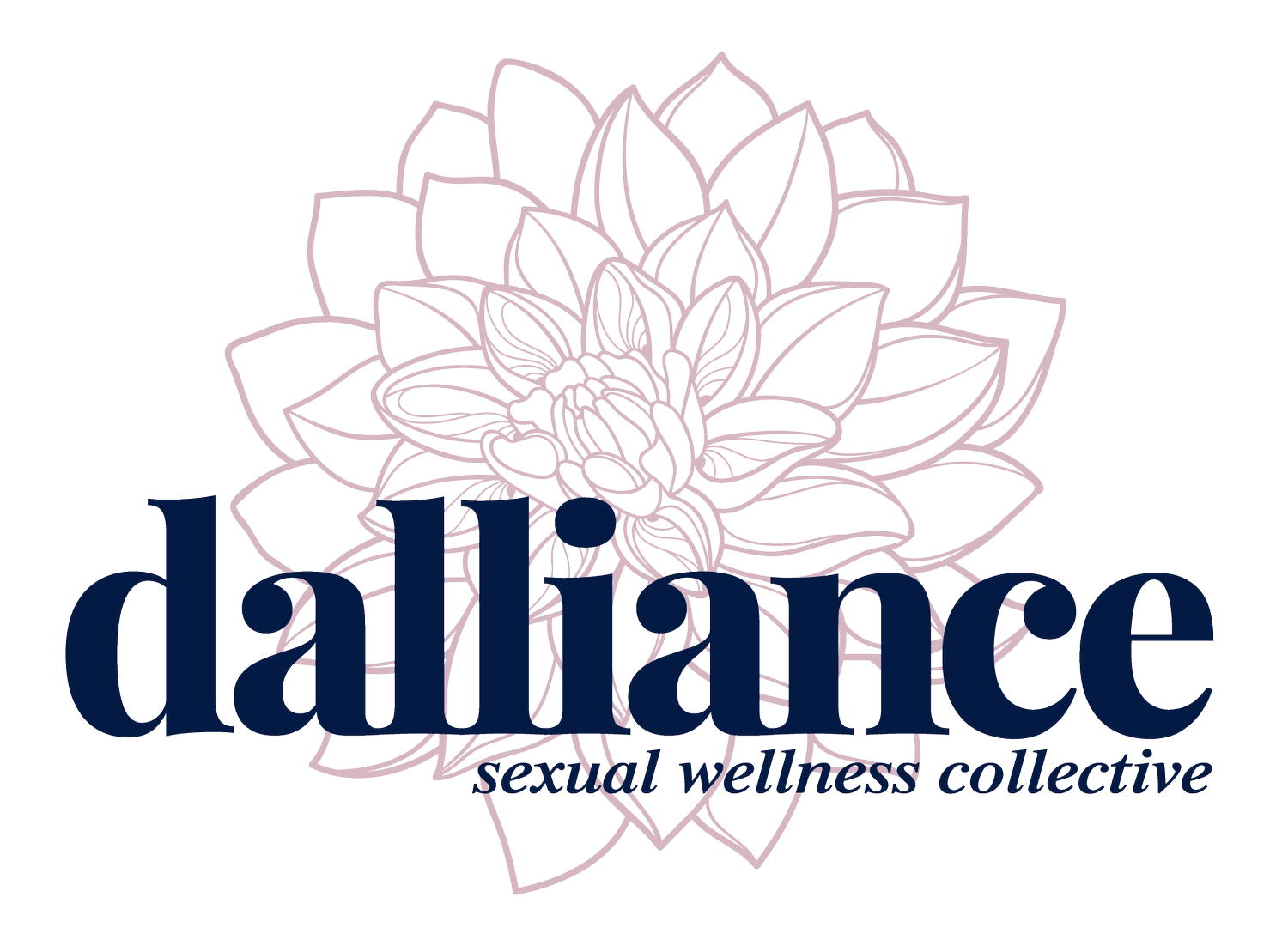Exploring Different Relationship Structures: Beyond Traditional Monogamy
By Alyssa Wurzburg, Marriage & Family Intern, Dalliance Sexual Wellness Collective
In a world where personal freedoms and individual choices are increasingly celebrated, relationship structures have diversified significantly. While traditional monogamy remains the most widely recognized form, many people are exploring various ways to “customize” their romantic and sexual connections. This list is by no means conclusive, but it outlines some common relationship structures including and beyond traditional, cohabitating monogamy. Understanding the unique benefits and challenges of different structures can help individuals embrace the freedom to determine the type of relationship that works best for them.
Monogamy
Monogamy is the most traditional and widely accepted relationship structure in Western cultures. The defining feature of monogamy is emotional and sexual exclusivity between two people in a romantic relationship. Monogamy is typically associated with societal and cultural norms, and is widely associated with stability and security. Although it is the norm, monogamy can present challenges, such as the pressure to fulfill all of each other’s emotional and sexual needs.
Monogamish
The term “monogamish” describes a primarily monogamous relationship that allows for occasional sexual experiences outside the partnership. Coined by sex columnist Dan Savage, monogamish relationships acknowledge that strict monogamy may not work for everyone and makes room for activities that fall outside of traditional expectations of monogamy. While there is no “one size fits all” definition, monogamish couples may incorporate sharing fantasies about others, flirting with people outside the relationship, and being open to extra-relational physical intimacy within specific situations and boundaries.
Ethical Non-monogamy
Ethical non-monogamy is an umbrella term encompassing various relationship styles where partners consensually engage in romantic or sexual relationships with others. The emphasis is on honesty, consent, and mutual agreement. Ethical non-monogamy challenges traditional notions of exclusivity and allows individuals to explore connections outside their primary relationship while maintaining trust and communication. This structure can be liberating for those who feel constrained by monogamy, but it also requires strong communication skills and emotional resilience to navigate potential jealousy and complexities.
Living Apart but Together (LAT)
Living apart but together (LAT) refers to couples who maintain a committed relationship while living in separate households. This structure can suit individuals who value their independence and personal space but still desire a romantic partnership. LAT relationships can offer the best of both worlds: the intimacy and support of a committed relationship without the potential friction of cohabitation. This arrangement can be applied to any type of relationship structure, and may be particularly beneficial for those with demanding careers, children from previous relationships, or differing lifestyle preferences.
Swinging
Swinging is a type of ethical non-monogamy in which couples consensually engage in sexual activities with others, often in a social or party setting and typically with both partners present. Swinging is typically focused on recreational sex rather than emotional connections, and can be an opportunity for couples to strengthen their bond through new shared experiences and open communication. While jealousy and insecurity may arise in swinging, building communication and trust can strengthen relationships while exploring new intimate experiences together.
Open Relationships
In an open relationship, partners agree that they can pursue sexual or romantic relationships outside their primary partnership. Unlike polyamory, open relationships may or may not emphasize forming emotional bonds with others, focusing instead on sexual exploration. Open relationships can provide partners with freedom and variety, reducing the pressure to meet all of each other’s needs. As with any relationship structure there is no specific definition of what open relationships involve; instead, couples can explore what is meaningful and important to them in their relationships with each other as well as with others.
Polyamory
Polyamory involves having multiple romantic relationships simultaneously, with the knowledge and consent of everyone involved. Unlike swinging, polyamory typically emphasizes emotional connections in addition to sexual ones. People in polyamorous relationships often form intricate networks of partners, sometimes referred to as “polycules.” This structure can offer a rich tapestry of emotional support and community, as individuals can turn to different partners for various needs and experiences. However, managing multiple relationships can be time-consuming and emotionally demanding, requiring excellent communication and boundary-setting skills.
Queer Platonic Relationships
Queer platonic relationships (QPRs) represent a unique form of connection that transcends traditional boundaries between romance and friendship. In a QPR, partners share a deep emotional bond and commitment that surpasses typical friendships but doesn't involve romantic or sexual attraction. These relationships are marked by intense emotional intimacy, mutual support, and flexibility, allowing partners to define their connection on their own terms. QPRs can provide profound fulfillment and stability, particularly for those who find traditional relationship structures limiting and want to emphasize the importance of platonic connections.
Conclusion
The landscape of romantic relationships is vast and varied, reflecting the diverse needs and desires of individuals. More and more, people are free to be the architects of their own relationships to build loving, supportive ties that truly work for them. No matter the structure, the key to a successful relationship lies in open communication, mutual respect, and a willingness to adapt and grow together. By understanding and exploring different relationship models, individuals can find the path that best aligns with their values, desires, and lifestyle, leading to more fulfilling and authentic connections.
